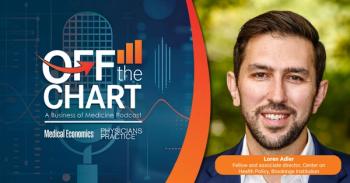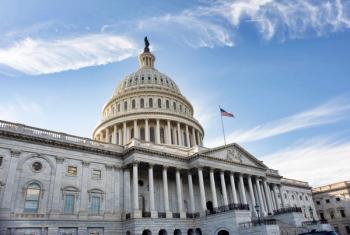
Study: You Pay for What You Get with Payer Incentives
Paying primary-care physicians more is a proven winner, but a Michigan study indicates that health plans playing penny-ante get what they pay for.
Health Affairs published a study recently entitled
While the title is technically accurate, the study shows a lower increase in spending versus non-participants. Actual year over year costs rose for both.
The authors "analyzed the program's impact on quality and spending from 2008 to 2011 for over three million beneficiaries in over 11,000 physician practices." That's a big study, and, while the abstract touts, "participation in the incentive program was associated with approximately 1.1 percent lower total spending for adults (5.1 percent lower for children) and the same or improved performance on eleven of fourteen quality measures over time," that is not the whole story upon reading the entire study.
The study’s performance analysis shows that physicians participating in the incentive program delivered 1.1 percent overall reduction in spending, or $3.53 per member per month, compared to non-participants. Over two-thirds of physicians participated versus one-third who, for whatever reason, declined to try to get a bonus of up to 20 percent of their fees, or did not qualify. Using physicians turning down a chance to earn free money even if they just got a participation award as a cohort group may not have been the best choice
Saving 1.1 percent is a big deal to the plan, which the study says raked in $126 million in savings annually, and over $500 million over the study period. If all of the participating physicians received the full 20 percent bonus, the plan would have paid about the same $500 million in bonuses over the study period. Most primary-care physicians, however, did not reach the high bar set by the plan despite investing significantly in time and hard cash to do so.
Of course, not everyone worked harder or invested their resources to chase this prize. The consistently reliable 80/20 rule applies here, where 80 percent of the reduced spending was delivered by 20 percent of the participants. This will likely be a close barometer to real life, meaning that only 20 percent of high performers earned rewards.
It's a great deal for the plan. It's a bad deal for the primary-care physicians who made it all happen.
The statement, "Savings over our four-year study period are especially remarkable in light of increased office visit payments to physicians who performed well in the program and the inclusion of practices that were in their first year of participation in the program," could also be cynically interpreted to mean that the plan stacked the deck in its favor.
I agree that the conclusion that physicians and plans working together will deliver good things and has value.
My conclusion is, however, that without real partnerships between physicians and health plans, even these tepid results have a short life span.
Newsletter
Optimize your practice with the Physicians Practice newsletter, offering management pearls, leadership tips, and business strategies tailored for practice administrators and physicians of any specialty.








